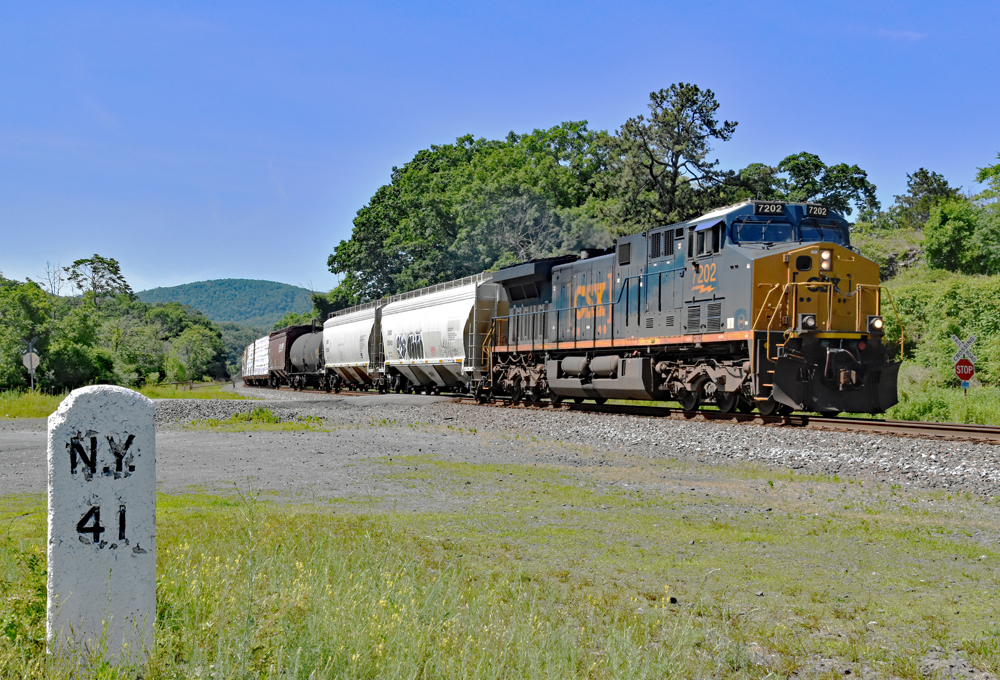
CSX Transportation is on a roll. In the past 12 months or so, nine new major manufacturing plants and one inland intermodal terminal project have been announced for sites located alongside its tracks. Many of them are the direct result of the railroad’s long-term industrial development efforts.
If there’s a theme from these wins that will drive new volume to the railroad, it’s electric vehicles.
Last fall Ford announced it will build a $5.8 billion BlueOval SK Battery Park battery plant in Glendale, Ky., on a 1,500-acre CSX Select Site adjacent to the former Louisville & Nashville main line. The plant will employ 5,000 people and will begin production in 2025. Ford also announced a massive $5.6 billion electric vehicle assembly plant, called BlueOval City, that will be built on 3,500 acres in Stanton, Tenn., outside of Memphis. It’s expected that electric F-series trucks will roll off the assembly line beginning in 2025.
In December, electric vehicle upstart Rivian announced it would build a $5 billion assembly plant in Stanton Springs, Ga., near Atlanta, that will be able to produce 400,000 vehicles per year. It’s expected to open in 2024.
Vietnamese company VinFast announced in March that it will build a $4 billion battery and assembly plant outside of Raleigh, N.C. The first phase of the complex, which will produce 150,000 sport utility vehicles annually, is expected to open in July 2024.
In May, Hyundai announced it will build a $5.4 billion battery and electric vehicle assembly plant outside of Savannah, Ga., on Genesee & Wyoming’s Georgia Central Railway, with interchanges with both CSX and Norfolk Southern. The plant will have a capacity to build 300,000 vehicles per year when it opens in 2025. While not on CSX proper, new business is new business. (This factory is not included in our tally of new facilities on CSX.)
In September, Piedmont Lithium announced it will build a $600 million lithium hydroxide processing, refining, and manufacturing facility near Etowah, Tenn., to support lithium-ion battery production in North America. The plant will be the largest lithium processing facility in the U.S. when it opens in 2025 on the CSX Select Site.
“The CSX Select Sites program helps companies identify high-quality sites that meet their development criteria, while also enabling them to reduce their carbon footprint through fuel-efficient rail transportation,” says Tom Tisa, CSX’s head of business development.
The other new CSX-served facilities in the works include steel, aluminum, paper, and beverage plants.
In February, Nucor announced it will build a $2.7 billion sheet steel mill in Apple Grove, W. Va., near Huntington. The mill will have the capacity to produce up to 3 million tons of sheet steel per year for the automotive, appliance, HVAC, heavy equipment, agricultural, transportation, and construction markets. It’s expected to be operational in 2024.
In May, Novelis announced it will build a $2.5 billion aluminum recycling and rolling plant at the 3,000-acre CSX Select Site in Bay Minette, Ala. The facility, the first fully integrated aluminum mill built in the U.S. in 40 years, will serve the aluminum can and automotive industries when it opens in 2025.
In September, Georgia-Pacific announced it will build a Dixie paper products plant on a CSX-served site near Jackson, Tenn. The $425 million plant will make paper plates. It’s expected to open in 2024.
Last month Manna Beverages & Ventures said it will build a $600 million beverage production and supply plant at a CSX Select Site in Montgomery, Ala. CSX will deliver raw materials to the complex, which will offer beverage companies packaging services, warehousing and a production facility for alcoholic and non-alcoholic drinks. The plant will open in 2025.

Also in Montgomery: The Alabama Port Authority announced in January that it will build an inland intermodal terminal that will connect the Port of Mobile with manufacturing, retail, distribution, and agricultural producers in the Montgomery area. When the terminal opens in 2024 CSX will launch scheduled intermodal service between the fast-growing port and Montgomery. The railroad is spending $12.5 million on infrastructure as part of its partnership with the port authority on the $54 million project.
The Montgomery intermodal terminal is the latest in a string of inland ports that have sprung up across the Southeast as Gulf Coast and East Coast seaports have gained container volume at a rapid clip.
What’s exciting about the manufacturing facilities is that they will bring new carload business to the railroad. Yes, the electric vehicle traffic ultimately will cannibalize existing moves of gas-powered finished vehicles. And CSX has not quantified how much traffic it expects the new facilities to generate. But if you assume that CSX can hold on to its current merchandise traffic, all of these high-volume plants coming online by 2025 will lead to the first meaningful growth in carload business on CSX in years.
That’s a big deal. CSX’s merchandise volume has fallen 27% since 2000, by far the deepest drop among the Class I railroads. CSX stopped the downward trend in 2019. Now it’s time to reverse it.
You can reach Bill Stephens at bybillstephens@gmail.com and follow him on LinkedIn and Twitter @bybillstephens






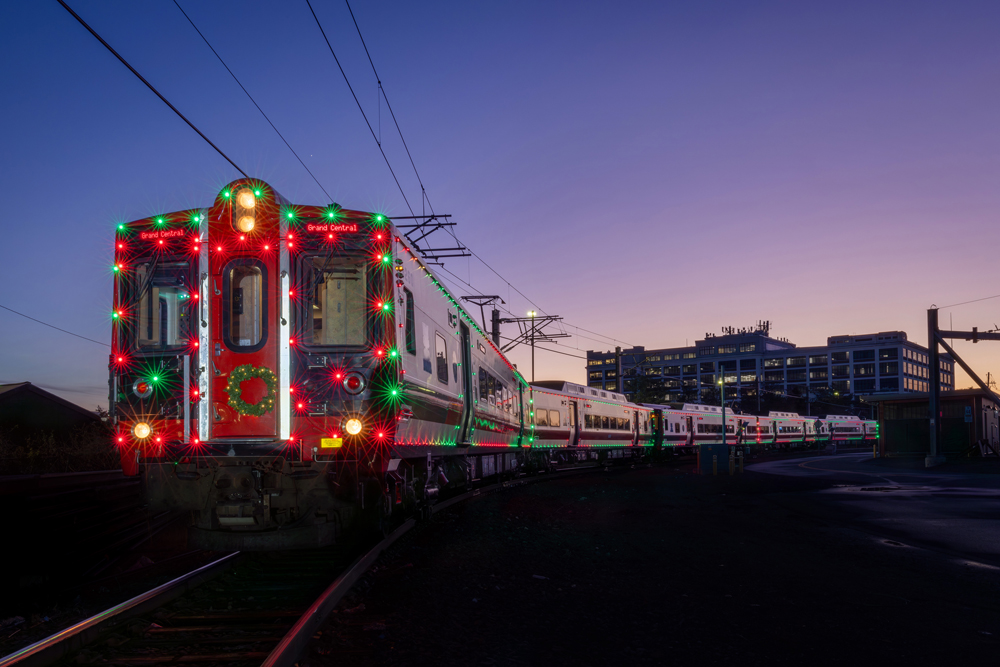
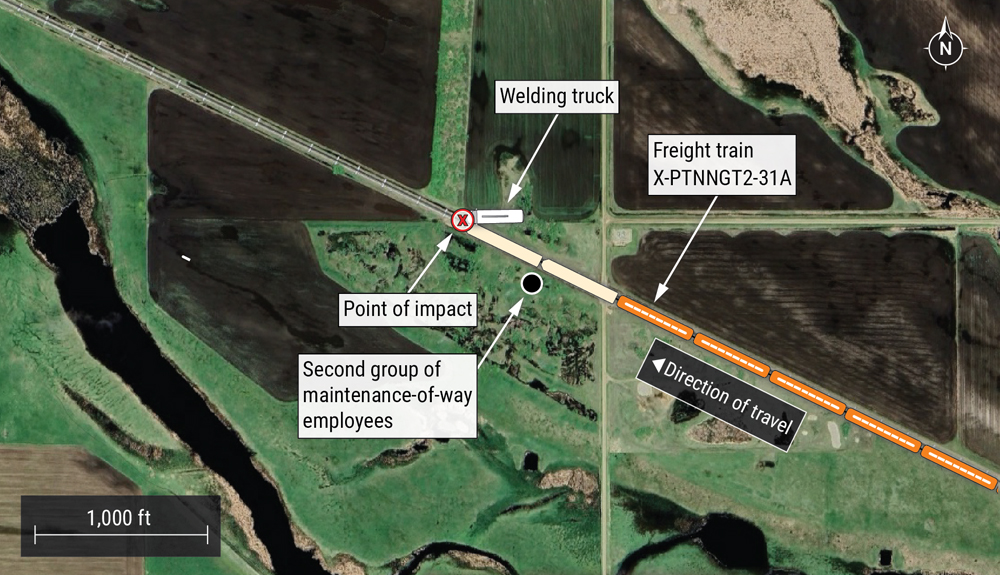
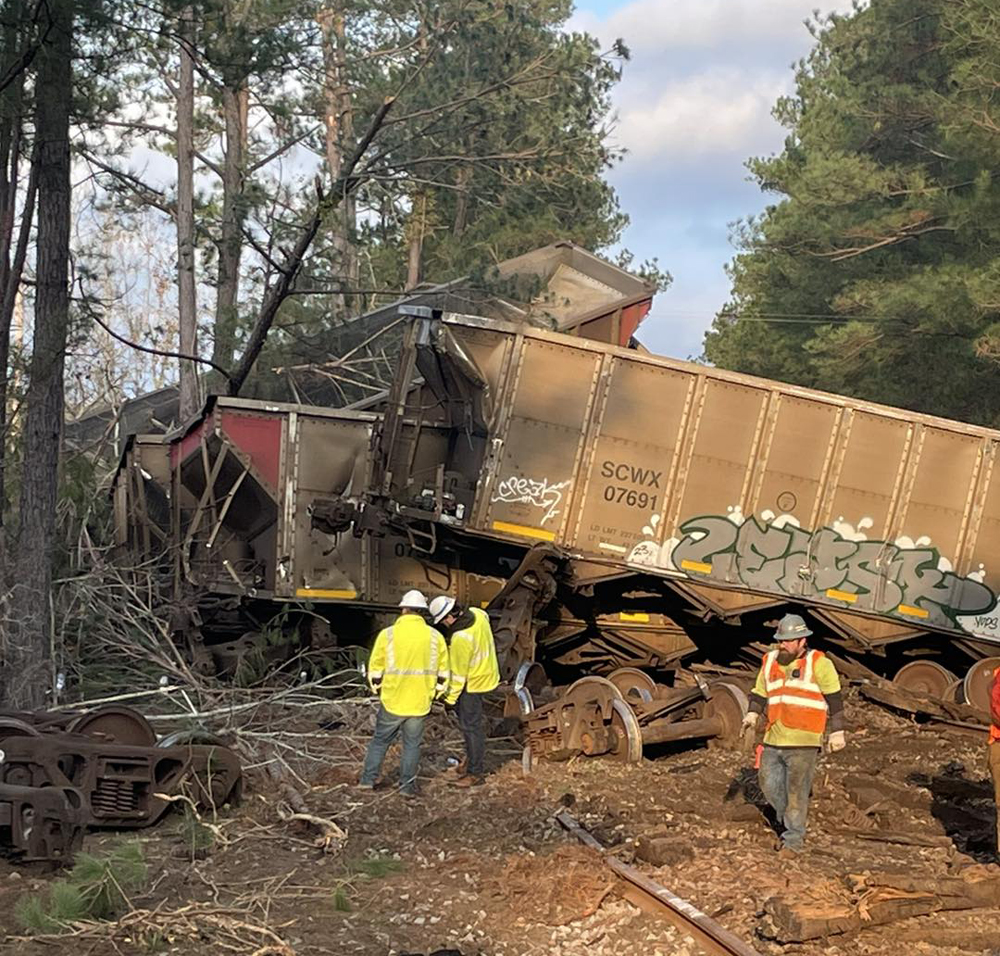
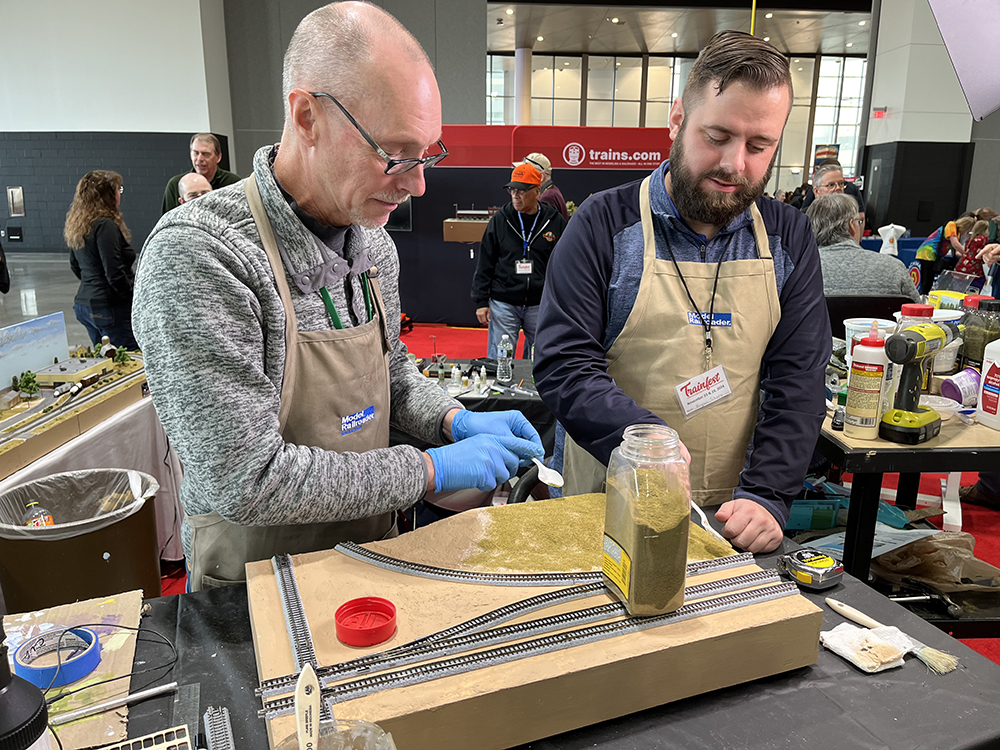
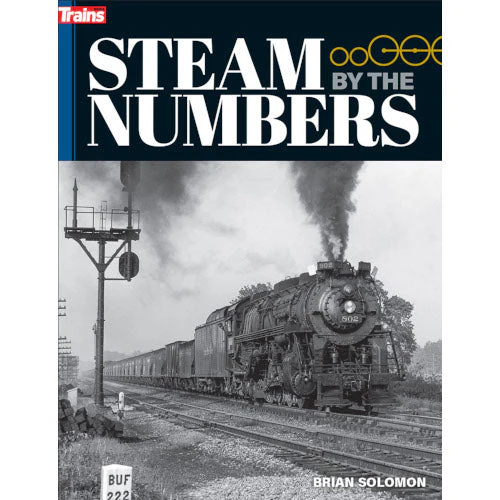


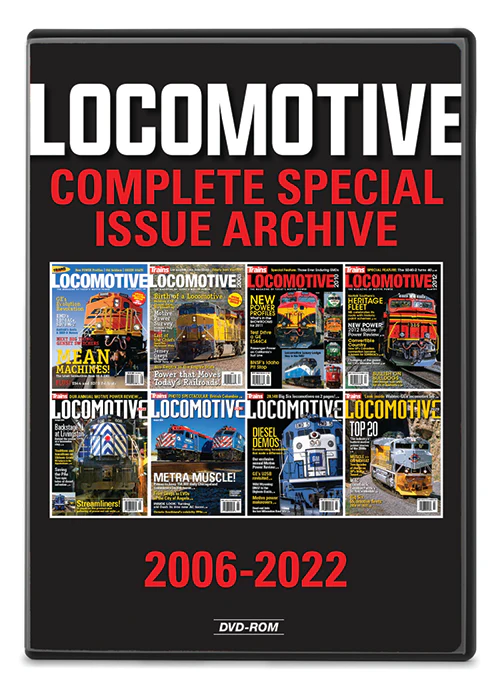
It’s such a shame they don’t work to RETAIN their customers. I know of at least four industries on the CSX line from Hamlet to Columbia (formerly SAL) that no longer use rail. Likely run off by CSX’s lack of caring.
Class one railroads like CSX have been actively eliminating merchandise business for the last 40 years. At first it was the one a two car a month customers and then the five or six car, and on and on. Then along came intermodal and other than coal and chemicals that’s all they care about. Most large warehouse and manufacturing construction nowadays doesn’t include rail but is always close to a interstate highway. The problem with railroads is they are always trying to get rid of their least profitable customers, not necessarily unprofitable, And there will always least profitable customers to eliminate. Unfortunately unless the class one railroads change their business model then even if these new industries do ship by rail the percentage of goods shipped by rail will continue to fall.
Locations for these new manufacturing plants: KY, TN, GA, AL, and WV. Nothing north of the Mason Dixon line! In Massachusetts, the growing rail-served commodities being “manufactured” are C&D and municipal waste!
You forgot NC (Raleigh). Raleigh is only an hour away from my hometown.
Class 1’s have learned and been enhanced by the success of short lines via property management as a major revenue stream growth. While the C1’s real estate departments have always be active, new dynamics and schemes have evolved in the mix to produce long-term cash flows based on industrial site locations (leases, private sidings, industrial crossings). These activities may or may not include substantial carload growth. Overall, it’s a winner for the rails.
Rail not that big of a factor, merchandise doesn’t need rail anymore, only bulk and chemicals. Non-union locations clearly are the winner and have been for a long time, not just in CSX territory. Corporations loathe unions and taxes, thus the south wins. Even the steel mill (Nucor) will be non-union and not generate that much outbound rail traffic, mostly inbound scrap. Besides, PSR hates merchandise traffic and switching, so how is this really a big deal?
JG
PSR may hate merchandise traffic, but I work for CSX and liason with our customers. There is much more business that csx regularly turns away. Existing customers are routinely ignored, let alone new business. The cult of the operating ratio is only concerned with manipulating stock prices.
Of note most of this production capacity for EV’s are in the southeast where non-union labor is prevalent. Only the steel plant in WVa is the exception. Obviously the southeast is clearly CSX service territory. Was it rail capacity or inexpensive labor that drove the site decisions? Who knows.
VinFast has been showing off a SUV prototype (more of a mock up) at many car shows as of late. I wouldn’t be surprised if they sign an OEM deal with another marque to manufacture on their behalf. They aren’t showing any exceptional technology or design elements, so they have a long row to hoe for them to survive.
Just because 1 battery plant is next to a railroad doesn’t mean too much. LG has a large plant that has no service from rail even though NS is only a mile away and they are doing just fine.
Most of these plants most likely will never be built. Once the NIMBYs get going the stupid politicians will fall in line and they will either regulate them out of business or put in requirements that will make them uneconomical to operate. Then the NIMBYS will all sit around their swimming pools congratulating themselves on the great job they did to keep the evil corporations out of their towns all the while complaining that everything seems to be made in southeast Asia these days.
Very promising additions, though all to often (especially when part of economic incentive packages) the potential gets the hype and there is rarely reporting on what actually materializes.
Rivian is at least producing vehicles, but has headwinds, the Vietnamese firm seems really speculative.